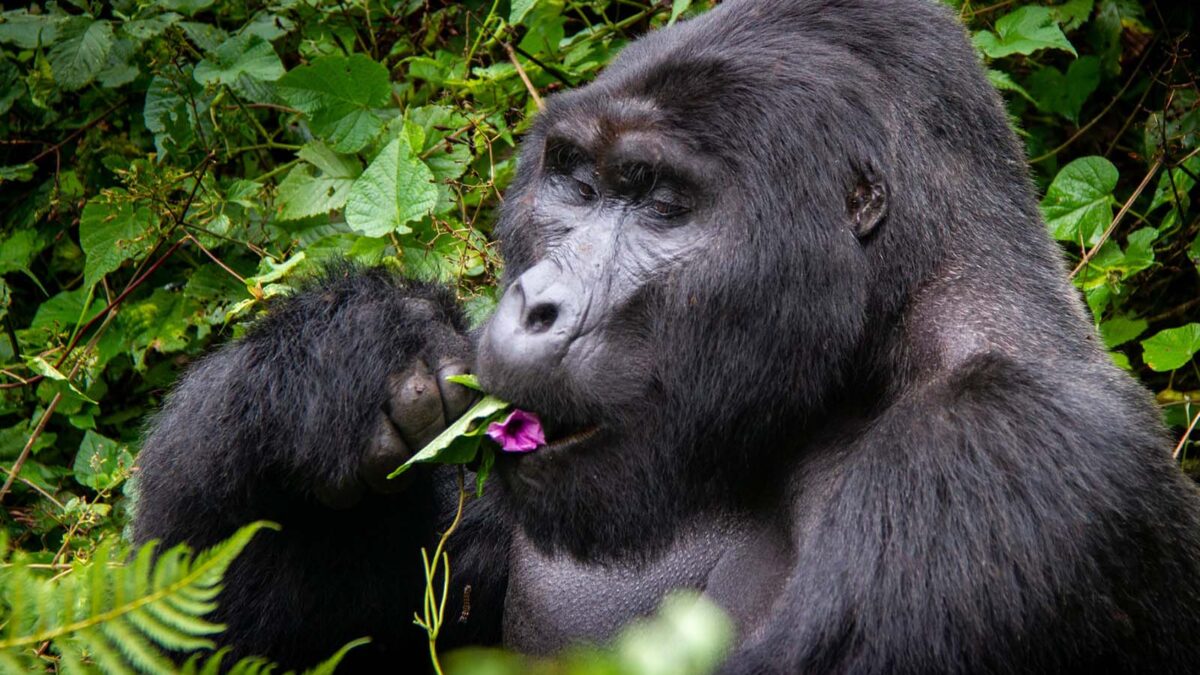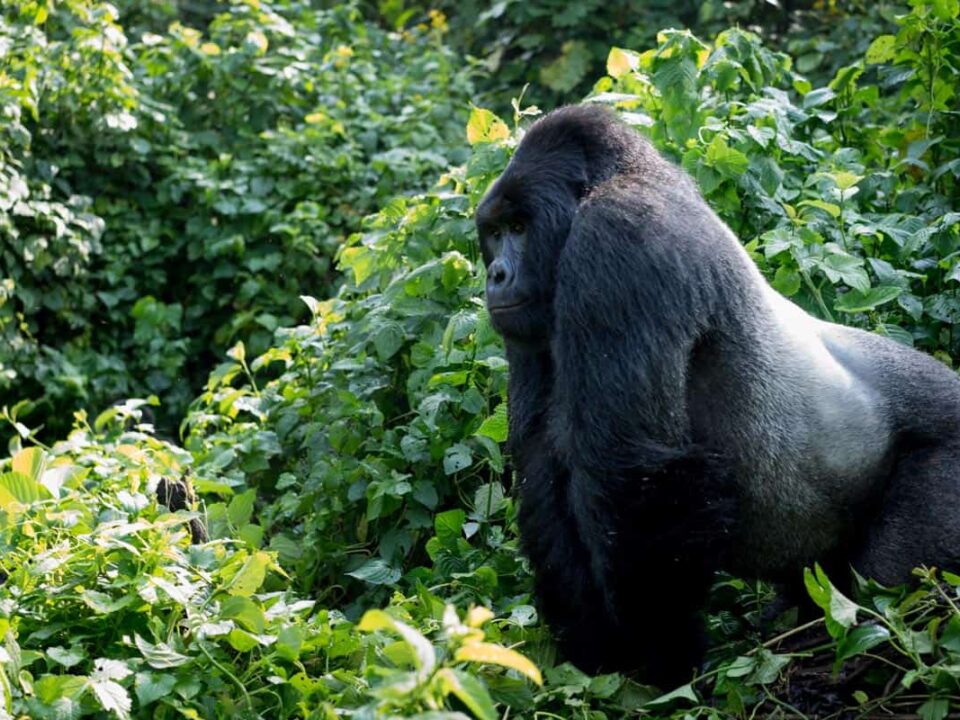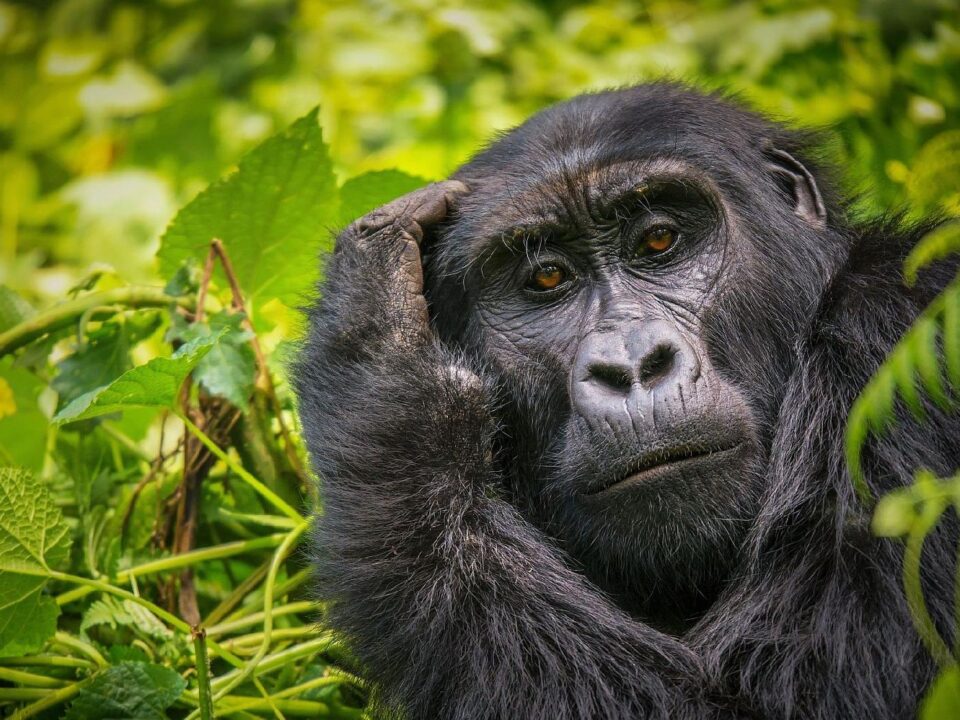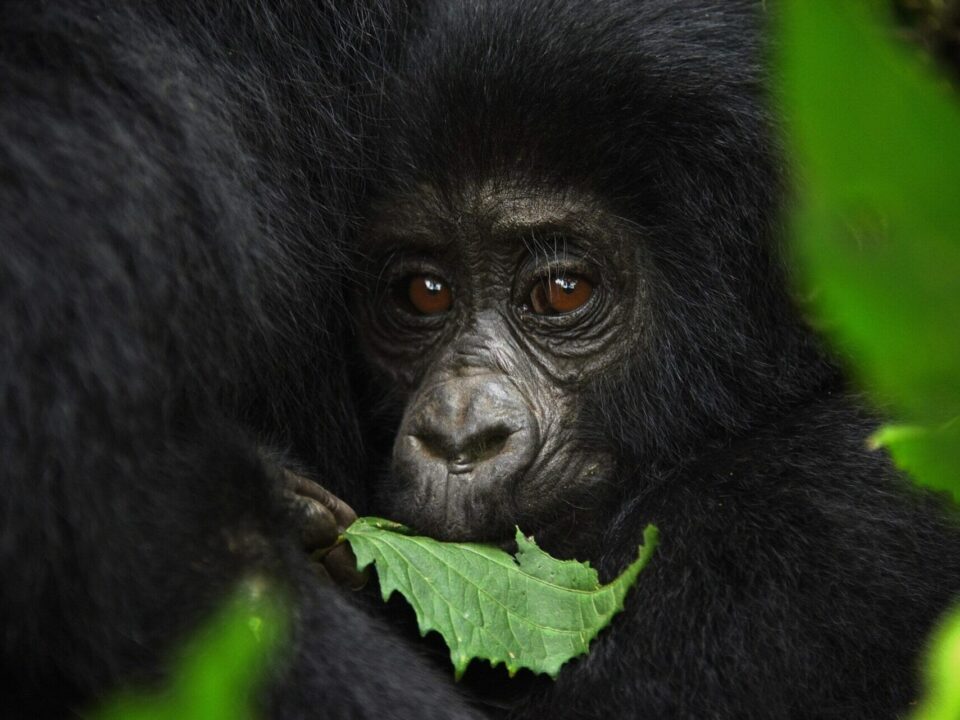What is a Group of Gorillas called?

Uganda Fly Fishing Trips
December 14, 2023
Yellow Fever Vaccination Requirements for African Safari
December 14, 2023Understanding Gorilla Social Structure: What is a Group of Gorillas Called?
Have you ever wondered, “What is a group of gorillas called?” Gorillas, the largest and most robust primate species on Earth, are not solitary creatures but rather live in groups referred to as troops or bands. Much like their relatives, chimpanzees and baboons, gorillas share a close genetic relationship with humans. Inhabiting the tropical rainforests of East, Central, and Western Africa, gorillas are categorized into two species: Eastern Gorillas and Western Gorillas. Each species further breaks down into subspecies, with Mountain Gorillas and Eastern Lowland Gorillas representing the Eastern Gorilla, while Cross River Western Gorillas and Western Lowland Gorillas belong to the Western Gorilla species. Notably, the Mountain Gorillas are the most endangered subspecies and can only be found in Uganda, Rwanda, and the Democratic Republic of Congo.
A group of gorillas, whether identified as a troop or a band, lives a social life within the lush canopy of tropical rainforests. Often referred to as families, these groups typically consist of 5 to 30 members, including the powerful silverback, females, their offspring, and occasionally a few additional males. The silverback assumes a crucial role in ensuring the security of the group and is the sole individual permitted to mate with the females. Any attempt by another male to engage in mating is met with severe consequences, as the silverback defends his status through intense and sometimes brutal confrontations, forcing the challenger out of the group.
For those enchanted by the fascinating world of gorillas, the prime locations to witness them in their natural habitat are Bwindi Impenetrable National Park and Mgahinga Gorilla National Park in Uganda, Volcanoes National Park in Rwanda, and Virunga National Park in the Democratic Republic of Congo. These protected areas serve as the exclusive homes of the endangered mountain gorillas, emphasizing their vulnerability to captivity. Unlike other species of gorillas, mountain gorillas do not survive in captivity.
Historically, the mountain gorilla population faced threats from poachers between the 1950s and 1980s. Zoos incentivized poachers to capture mountain gorilla babies by paying them, leading to the tragic deaths of adult gorillas. Regrettably, the captured infants seldom survived in captivity.
Among the national parks, Bwindi Impenetrable Forest boasts the largest population of gorillas and the highest number of habituated gorilla groups. The park is home to various families, each offering a unique trekking experience. Tourists visiting Bwindi Impenetrable Forest have an impressive 98% chance of encountering these remarkable creatures after an exhilarating hike.
Diverse Gorilla Families in Bwindi Impenetrable Forest National Park:
- Mubare Gorilla Family
- Nkuringo Gorilla Family
- Rushegura Gorilla Family
- Habinyanja Gorilla Family
- Bweza Gorilla Family
- Bushaho Gorilla Family
- Kahungye Gorilla Family
- Nshongi Gorilla Family
- Busingye Gorilla Family
- Mishaya Gorilla Family
- Orugozo Gorilla Family
- Bikingi Gorilla Family
- Kyaguriro Gorilla Family
- Christmas Gorilla Family
- Bitukura Gorilla Family
- Katwe Gorilla Family
- Mucunguzi Gorilla Family
- Mukiza Gorilla Family
- Kutu Gorilla Family
The Bwindi Impenetrable Forest National Park is divided into four sectors, each offering gorilla tracking experiences. The allocation of tourists to a specific gorilla family depends on the desired level of hiking difficulty and the kind of experience they seek in the forest. Gorilla tracking permits are priced at USD800 per person per trek in Uganda, USD 1500 in Rwanda, and USD 400 in the Democratic Republic of Congo.




